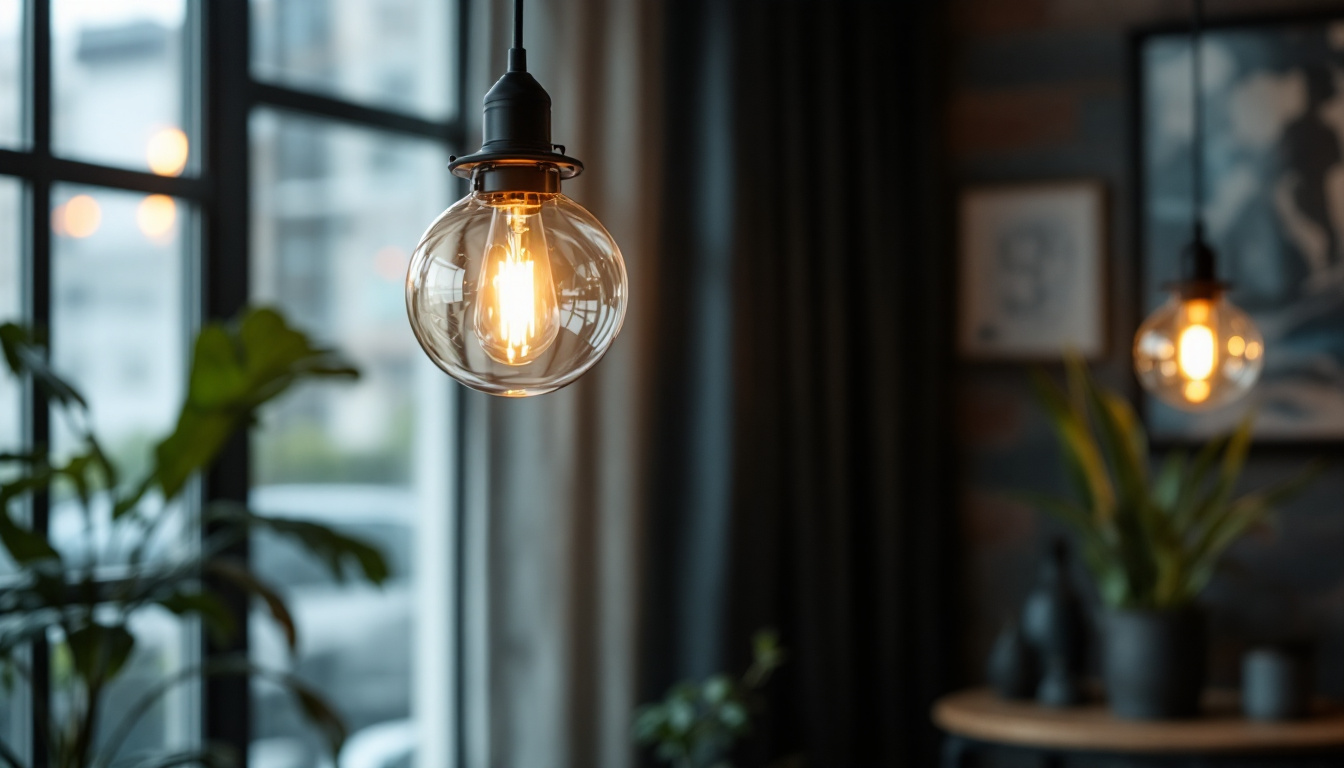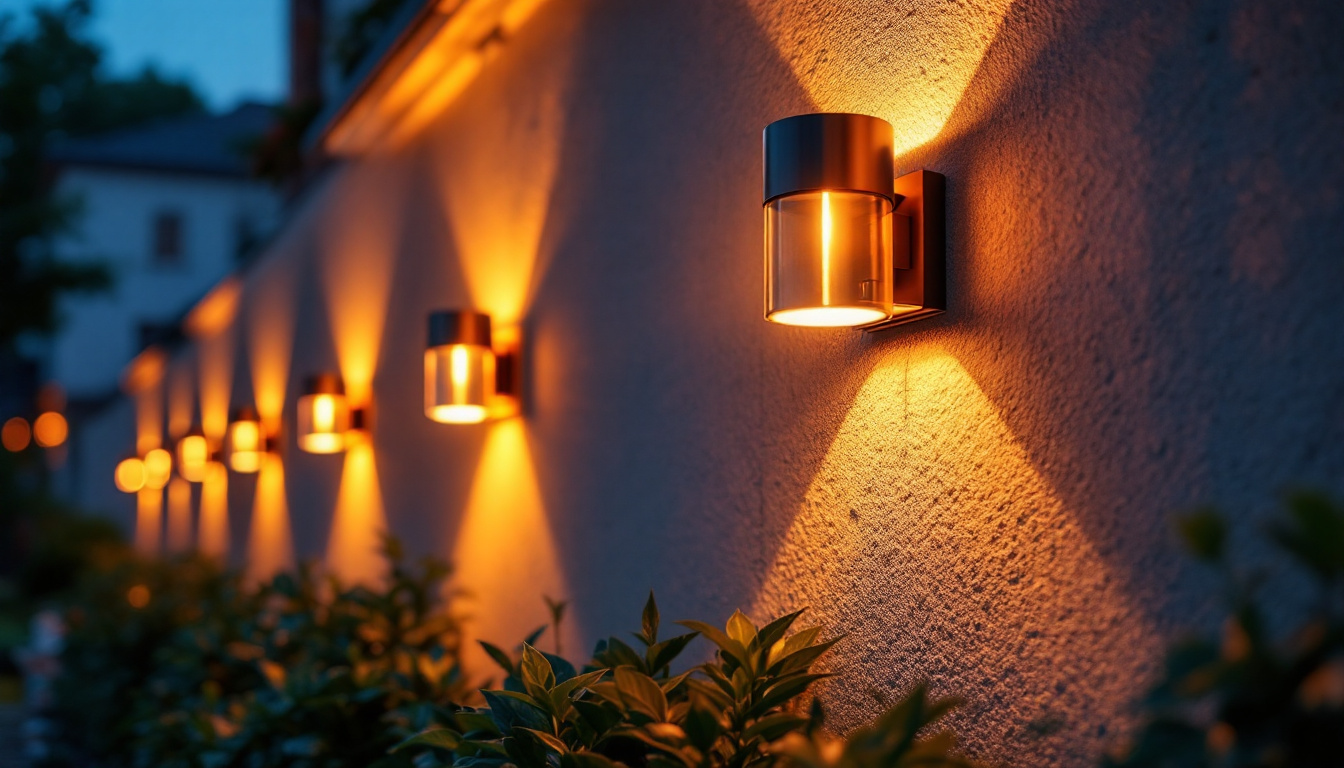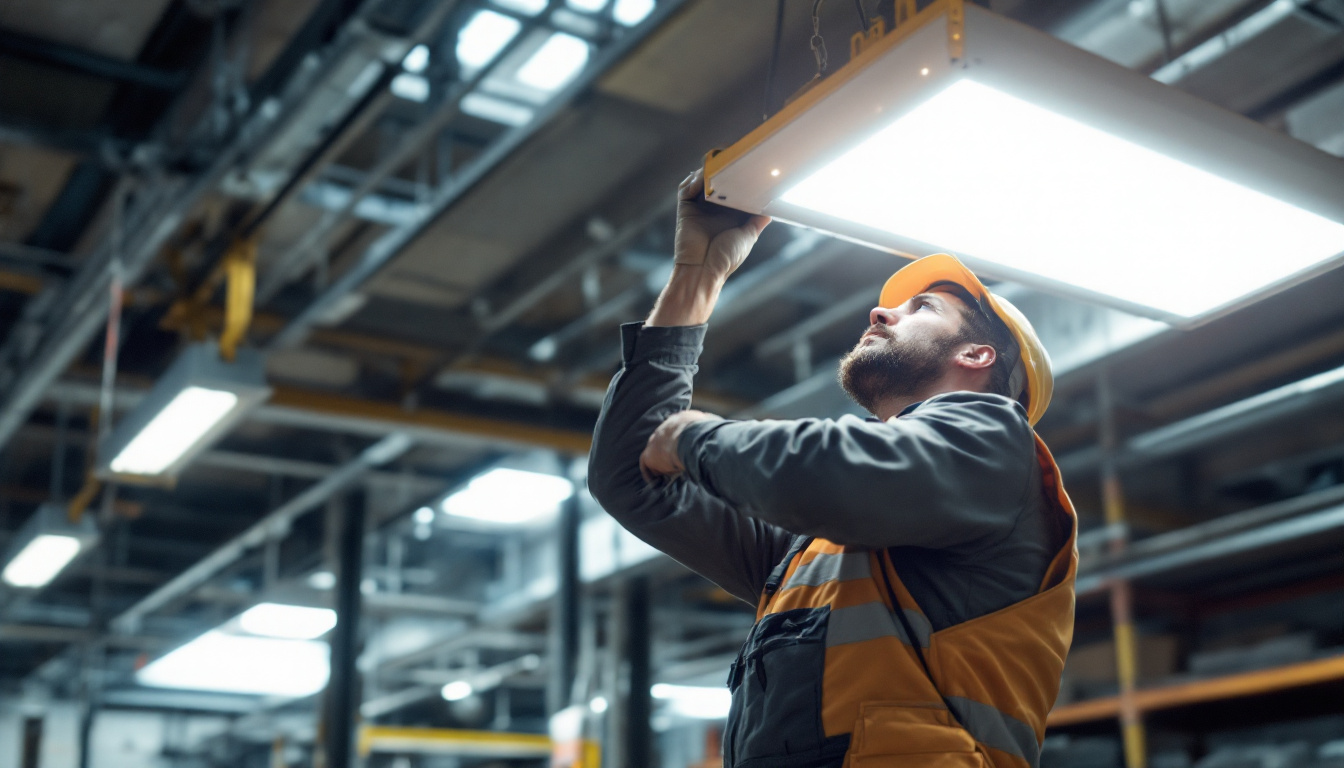

As the demand for sustainable and energy-efficient solutions continues to rise, solar security lighting has emerged as a popular choice for both residential and commercial properties. Lighting professionals play a crucial role in guiding clients toward the best options for their security lighting needs. This article provides an essential checklist that will help lighting contractors navigate the complexities of solar security lighting, ensuring they deliver optimal solutions for their clients.
Before diving into the checklist, it is essential to understand what solar security lighting entails. These systems utilize solar panels to harness sunlight during the day, converting it into electrical energy that powers LED lights at night. This self-sustaining mechanism not only reduces energy costs but also minimizes environmental impact. The technology behind solar lighting has evolved significantly, with many systems now incorporating smart features that allow for remote monitoring and control, providing users with enhanced flexibility and security.
Solar security lighting is particularly advantageous in areas where traditional electrical wiring is impractical or costly. With advancements in technology, these systems have become more efficient, reliable, and versatile, making them suitable for a variety of applications. From illuminating pathways and driveways to enhancing the security of commercial properties, solar lights can be strategically placed to deter potential intruders while providing adequate visibility for residents and visitors alike.
One of the most significant benefits of solar security lighting is its cost-effectiveness. By eliminating the need for electrical infrastructure, clients can save on installation and maintenance costs. Additionally, the use of renewable energy sources aligns with growing environmental consciousness, making solar solutions an attractive option for eco-minded customers. The long lifespan of LED bulbs, often exceeding 25,000 hours, further contributes to savings, as replacements are infrequent and energy consumption is minimal.
Another advantage is the ease of installation. Solar lights can often be set up quickly, requiring minimal tools and expertise. This allows contractors to complete projects efficiently, increasing customer satisfaction and potentially leading to referrals. Many solar security lights come with adjustable settings, enabling users to customize brightness levels and operational modes, such as motion activation or dusk-to-dawn functionality, enhancing both convenience and energy efficiency.
When selecting solar security lighting systems, several key features should be taken into account. These include brightness levels, battery capacity, solar panel efficiency, and motion detection capabilities. Understanding these features will enable lighting professionals to recommend the best products based on client needs and environmental conditions. For instance, areas with prolonged periods of sunlight may benefit from lights with larger solar panels and higher battery capacities, ensuring reliable performance even during cloudy days.
Moreover, the durability of the materials used in solar lights is crucial, especially in areas prone to harsh weather conditions. Ensuring that clients select products with weather-resistant features will enhance the longevity and reliability of the lighting solutions. Additionally, some advanced models are equipped with features like adjustable solar panel angles, allowing for optimal sunlight exposure throughout the year, and integrated sensors that can adjust brightness based on ambient light levels, further enhancing energy efficiency and user experience.
With a foundational understanding of solar security lighting, lighting professionals can now utilize a comprehensive checklist to guide their selection and installation processes. This checklist will cover various aspects, including site assessment, product selection, installation, and maintenance.
A thorough site assessment is the first step in any successful solar lighting project. Professionals should evaluate the location to determine the best placement for solar lights. Factors such as sunlight exposure, shading from trees or buildings, and the overall layout of the property should be considered.
Additionally, understanding the specific security needs of the property is vital. For instance, high-risk areas may require more intense lighting or additional fixtures to ensure adequate coverage. Engaging with clients to discuss their concerns and preferences can provide valuable insights during this phase. Furthermore, it is beneficial to analyze the crime statistics of the area, as this data can inform the type and intensity of lighting required. By combining environmental factors with crime data, professionals can create a tailored lighting plan that enhances safety and security.
Once the site assessment is complete, the next step involves selecting the appropriate solar security lighting products. This decision should be based on the specific requirements identified during the assessment. Factors to consider include:
By carefully considering these factors, lighting professionals can ensure that they recommend products that meet both the functional and aesthetic needs of their clients. Additionally, it is important to stay updated on the latest technological advancements in solar lighting, such as smart lighting systems that can be controlled remotely or integrated with security cameras. These innovations not only enhance security but also provide clients with greater control over their lighting systems, allowing for adjustments based on real-time needs.
Proper installation is critical to the performance of solar security lighting systems. Professionals should follow manufacturer guidelines closely to ensure optimal functionality. Key installation considerations include:
Moreover, conducting a post-installation test is essential to verify that the lights operate as intended. This step can help identify any issues early on, allowing for timely adjustments. It is also advisable to educate clients on how to maintain their solar lighting systems, including periodic cleaning of solar panels to remove dirt and debris that may hinder performance. Providing clients with a maintenance schedule can ensure their systems remain effective and prolong the lifespan of the products installed.
While solar security lighting systems are generally low-maintenance, periodic checks are necessary to ensure continued performance. Lighting professionals should educate clients on the importance of maintenance and provide them with a simple checklist to follow.
Clients should be encouraged to perform the following maintenance tasks:
By implementing these simple maintenance tasks, clients can extend the lifespan of their solar security lighting systems and ensure they remain effective over time.
Despite their reliability, solar security lights can sometimes encounter issues. Common problems include:
Providing clients with troubleshooting tips can enhance their experience and build trust in the contractor’s expertise.
The solar security lighting industry is continually evolving, with advancements in technology leading to new opportunities for lighting professionals. Staying informed about emerging trends can help contractors remain competitive and offer the best solutions to their clients.
One of the most significant trends in solar security lighting is the integration of smart technology. Many new systems now feature connectivity options that allow users to control their lights remotely via smartphone applications. This capability enables clients to customize lighting schedules, monitor battery levels, and receive alerts when motion is detected.
As smart home technology becomes increasingly popular, integrating solar security lighting with other smart devices can create a comprehensive security solution that enhances user experience and convenience.
Advancements in battery technology are also shaping the future of solar security lighting. Newer lithium-ion batteries offer greater efficiency, longer lifespans, and faster charging times compared to traditional lead-acid batteries. These improvements can significantly enhance the performance of solar lights, making them more reliable and effective for security applications.
Research and development in solar panel technology continue to yield more efficient models. Higher efficiency panels can capture more sunlight, even in less-than-ideal conditions, leading to improved performance for solar security lighting systems. As these technologies become more accessible, lighting professionals can offer clients solutions that are more effective and sustainable.
Solar security lighting presents a viable and eco-friendly solution for enhancing safety and security in various environments. By following the essential checklist outlined in this article, lighting professionals can ensure they provide their clients with effective, reliable, and sustainable lighting solutions.
From conducting thorough site assessments to selecting the right products and performing regular maintenance, each step plays a vital role in the success of solar security lighting installations. As the industry continues to evolve, staying informed about emerging trends and technologies will empower contractors to deliver cutting-edge solutions that meet the needs of their clients.
In a world increasingly focused on sustainability and energy efficiency, solar security lighting is not just a trend; it is a smart investment for the future.
Ready to elevate your lighting solutions with the best in solar security lighting? At LumenWholesale, we provide lighting professionals like you with the highest quality, spec-grade lighting products at prices that can’t be beaten. Say goodbye to local distributor markups and hello to our extensive selection that meets rigorous industry standards. With free shipping on bulk orders, you can trust that you’re getting premium lighting at the best value — no hidden fees, no compromises. Make the smart investment for your future projects and explore our wholesale lighting options today.

Discover essential insights and expert tips that lighting contractors need to master the art of hanging lights.

Discover the essential transition from HID to LED street lighting and why it’s crucial for lighting contractors.

Discover innovative hacks for smart lighting contractors to enhance outdoor spaces with solar exterior wall lights.

Discover the key factors that distinguish leading lighting contractors in the LED high bay market.
Get notified when NEW deals are released.
Optimize your budget with wholesale discounts.
Only top-quality, specification-grade lighting products.
No additional costs at checkout - what you see is what you pay.
We understand the unique needs of contractors.